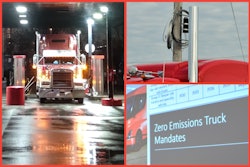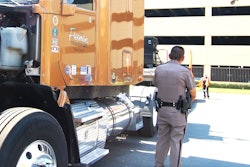Many truckers are paid by the mile. However you're paid, I'd bet you are very familiar with the old phrase if the wheels aren’t turnin’, I’m not earnin’. As part of the big 2021 infrastructure package, Congress mandated a study to examine driver compensation and its possible impact on safety. The Federal Motor Carrier Safety Administration subsequently commissioned the Transportation Research Board (TRB) to conduct that study, examining numerous methods of driver compensation and the role they play in both safety and driver retention at trucking companies. In essence, the TRB will attempt to determine if there is a correlation between driver compensation and safety performance/retention.
Yet these are not particularly new notions. In fact, in a 2013 Congressional hearing, then-FMCSA Administrator Anne Ferro asserted just such a connection -- between compensation and safety. “Driver pay and extreme loading dock delays have a significant impact on a driver's ability to be efficient, professional, and safe,” she said in her prepared remarks. “In short, uncompensated delays force drivers to press legal and physical limits to capture that day's pay. The logistics industry gets this time free on the backs of drivers and the backs of small business. Uncompensated detention time needs your attention because what makes the job better often makes the job and the driver safer.”
Yet here it is 2023, and we are still waiting to hear what truckers already know.
[Related: FMCSA's new boss emphasized compensation, detention issues]
Though most company drivers I'd wager are paid by the mile, there are some companies that pay hourly, or offer guaranteed weekly salaries and hourly detention pay. As Todd Dills has made clear in Overdrive, much of the owner-operator world leased to companies today are paid in a percentage-of-the-load system. Whether paid by the mile or percentage, all operators as a general rule are not directly compensated for pre- or post-trip inspection time, fueling time, drop-and-hook time, often the first couple hours sitting at a dock waiting, or time lost sitting in traffic jams.
I include percentage-paid drivers in this group. Unless the pay package explicitly includes these items, operators running under percentage schemes still think principally about miles when analyzing how much they are earning. (It’s a must to know what the truck is earning to compare that to what it costs per-mile to run the truck, necessary knowledge for tracking costs for more effective negotiations.)










